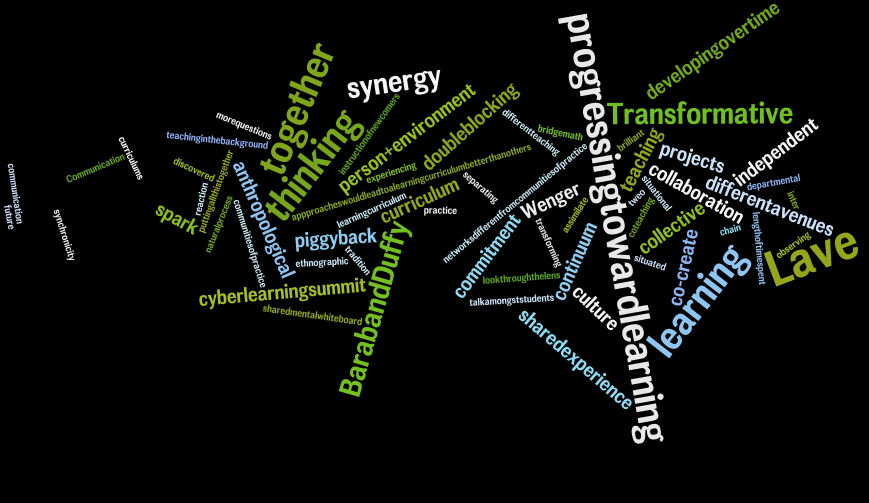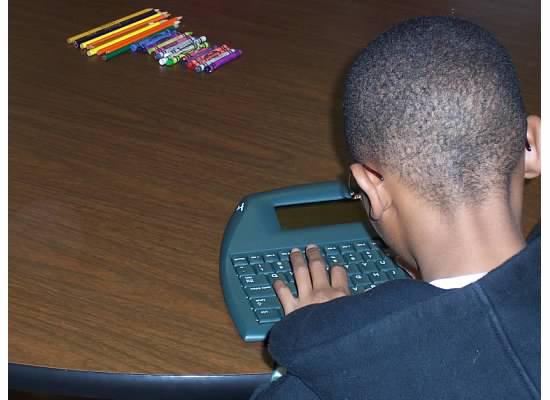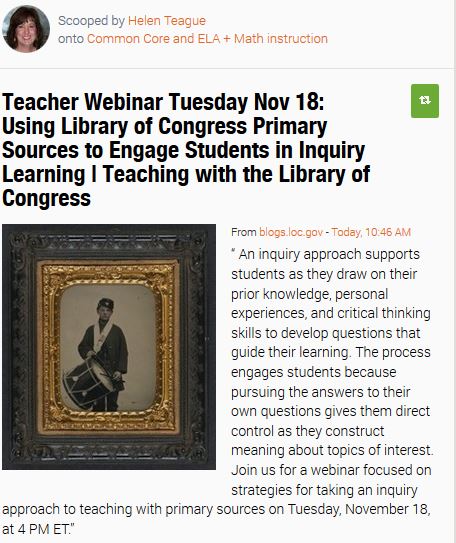Do standards help to empower teachers? (and if so, how?)
Do standards help to empower teachers? (and if so, how?)
The Standards are just one granular component of our instructional pedagogy.
Educational technology has a two-pronged emphasis of tools and processes (Roblyer, 2016). The ISTE Standards described what comprises the technology curriculum focus. Another resource for standards-based instruction is the 6E Learning by DeSIGN Model. The 6E Learning by DeSign Model is a component module on the ITEEA – The International Technology and Engineering Educators Association. ITEEA is the professional organization for STEM educators. The 6E Learning by DeSign model describes how to instruct students in the technology curriculum standards. Using key words, the 6E Learning by DeSIGN Model can organize classroom instructional activities, not unlike the Bloom’s Taxonomy (1965). One of the words “Explore” caught my attention first. The descriptive words listed next to “Explore” are predict, experiment, observe, discover, record, retest, discuss.
As you read about them, which of the 6Es stands out to you?
These words provide a framework for educators to plan and implement instruction without the restrictions of scripted instruction. Santaro (2018) writes a warning linking scripted instruction to low teacher morale. The Santaro resource is important to my learning. It also deepens our discussion forum conversations for three reasons: (1.) Santaro is very current (2.) it is teacher centered and (3.) it references a recurring complaint among teachers regarding scripted instruction. The teachers’ perceptions referenced in Santaro are reflective of what I see and hear when I am onsite in schools.
Scripted conversations and patient approaches are beneficial in medicine (Hamilton & Kroska, 2019). In early elementary reading instruction it has a mixed success affect(McIntyre, Rightmyer, & Petrosko, 2008). However the mantra given by some administrations that each teacher needs to be at the same place and curriculum pace at any arbitrary increment. This practice can be viewed as twisting standards to influence professional instructional practice. Teachers can lose their agency and become “conscientious objectors” (Santoro, 2018, p. 8).
References
6E Learning by DeSIGN Model. Retrieved from
https://www.iteea.org/STEMCenter/6ELearningbyDeSIGN.aspx
Bloom, B. S. (1956, 2010). “Taxonomy of Educational Objectives, Handbook I: The Cognitive Domain.”
New York: David McKay Co Inc.
ISTE Standards for Students (n.d.). Retrieved from http://www.iste.org/standards/for-students
Hamilton, J., & Kroska, E. B. (2019). Distress predicts utilization of psychosocial health services in
oncology patients. Psycho‐oncology.
McIntyre, E., Rightmyer, E. C., & Petrosko, J. P. (2008). Scripted and non-scripted reading instructional
models: Effects on the phonics and reading achievement of first-grade struggling readers.
Reading & Writing Quarterly, 24(4), 377-407.
Roblyer, M.D. (2016). Introduction and background on integrating technology in education. Pearson.
Santoro, D. A. (2018). Demoralized: Why Teachers Leave the Profession They Love and How They Can
Stay. Harvard Education Press. 8 Story Street First Floor, Cambridge, MA 02138.






